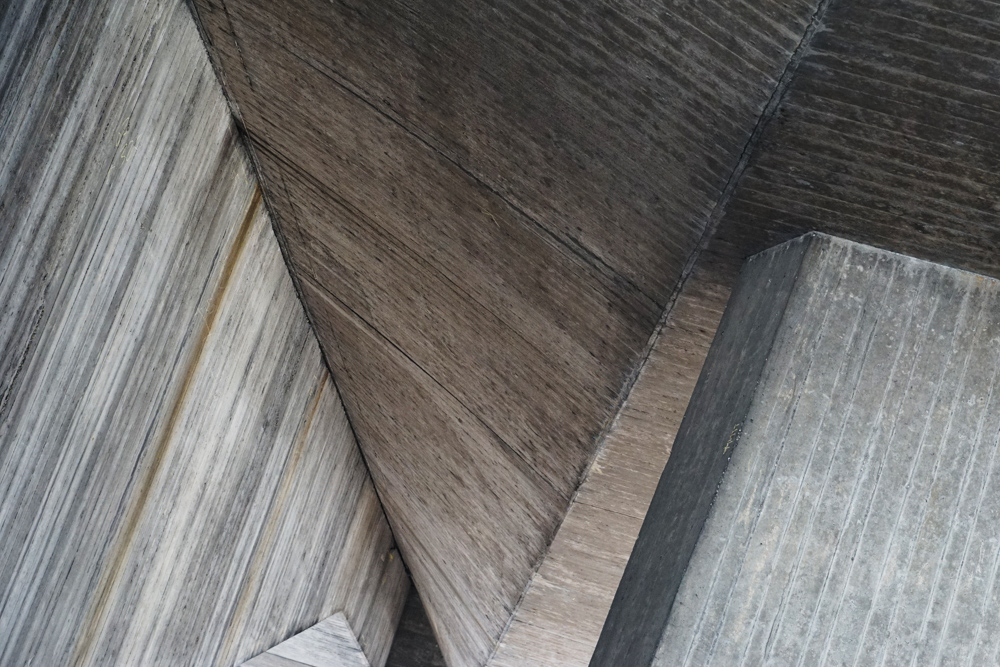Concrete Is Changing
As Concrete Evolves, Can It Really Become a Part of Our Sustainable Solutions?

One of my recent articles focused on bendable concrete, presenting it as a big improvement to conventional concrete’s frequent failures. These failures lead to repeated infrastructure and building repairs, using enormous quantities of material and energy and producing large quantities of greenhouse-gas emissions (GHG).
Engineered cementitious composites (ECC), the technical name for bendable concrete, gains its flexibility and durability from polyvinyl fibers covered with a thin (nano-thick), slick coating that allows for slipping rather than fracturing when placed under stress. As ECC is gaining acceptance, research and empirical evidence is demonstrating that the microfibers and surrounding micro-cracks make the concrete self-healing. When air and moisture migrate into the hairline cracks, self-generating reactions of carbon mineralization occur, binding the micro-cracks together. Basically, calcium ions inside the cracked concrete combine with moisture and carbon dioxide from the air, creating a calcium carbonate material similar to seashells.
For some decades, the concrete industry has been trying to reduce its carbon footprint. One of the most successful strategies has been substituting fly ash, rice husks, or silica fume for cement, the main culprit in concrete contributing to GHG. This substitution reduces carbon emissions by essentially the same proportion as the cement is reduced. Many mixes replace 50 percent or more of the cement yet yield a stronger concrete. Fortunately, these substitutions work well in ECC mixes, thus producing greater strength, less carbon emissions, and flexibility.
Another promising development is adding micro-sized wax capsules to the concrete mix. The phase-change wax in these capsules shifts from solid to liquid, or the reverse, between 73 and 74 degrees and stores or releases a good deal of thermal energy in the process (as when water vaporizes into steam or solidifies into ice). This strategy has been successfully deployed in drywall for many years to dampen temperature swings, helping keep building interiors cool and comfortable. Changing phases can occur an indefinite number of times. When embedded in concrete, these microscopic capsules can keep the insides of buildings cool in summer and warm in winter.
ECC is also being modified to neutralize pollutants, thereby acting as an agent to clean dirty air. Concrete is commonplace in urban environments; embedding nano-titanium particles in concrete converts certain pollutants common in smog into inert salts when in direct sunlight.
Flexible, durable concrete with self-healing, pollution-reducing, temperature-modulating properties offers a promising vision: an urban infrastructure that responds to environmental change to create a lower energy, healthier, and more livable lifestyle.



